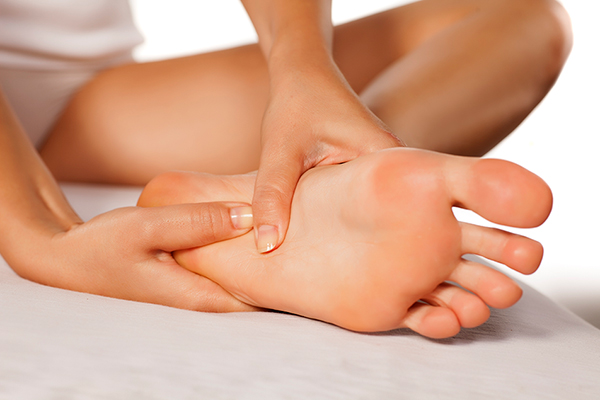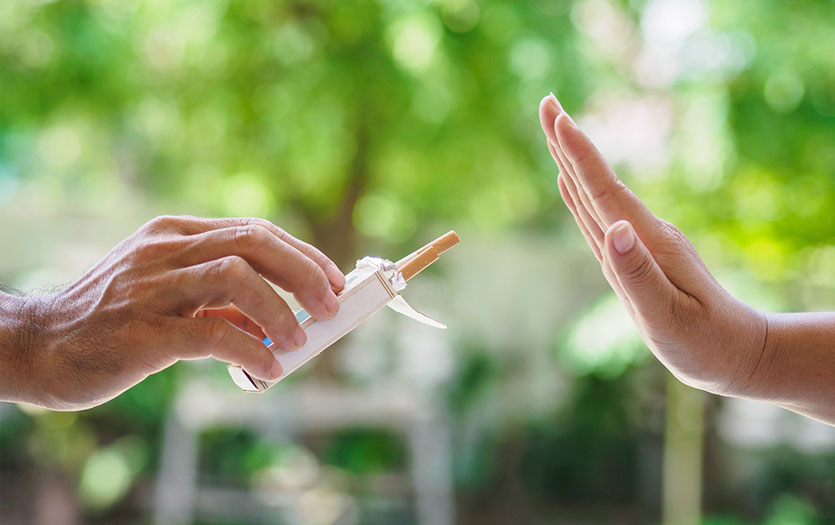
Commonly referred to as a “tummy tuck”, abdominoplasty is a surgical procedure to enhance the appearance of the abdomen. In addition to removal of excess, redundant skin and fat, it also involves plication or tightening of the abdominal wall (fascia) to efface bulges and create a svelte profile for the abdomen. We invited Guy Crevecoeur, MD, PPG – Plastic Surgery, to answer the most common questions about this procedure.
Q: Who is a good candidate for abdominoplasty?
Dr. Crevecoeur: Quite often, after pregnancies or other circumstances that cause stretching of the abdominal wall, there might be some residual laxity that has not resolved, even with exercise and/or weight loss. Plication of the abdominal wall will tighten and restore the tone of the stomach in these cases.
Also, loose and redundant excess skin (with or without excess fat) may fail to resolve even with changes to diet and exercise; these are surgically resected routinely with the abdominoplasty.
Other patients with firm fat bulges, without the two main issues noted above, may consider liposuction. Recommendations would be discussed at the time of the initial consultation.
Q: Is there anything patients need to do in preparation?
Dr. Crevecoeur: In general, patients need to have good nutritional status and good health overall, for this type of elective, cosmetic procedure. In some cases, it may help to lose some weight. Diabetes should be under control. Smokers should stop all intake of nicotine, since it interferes with the healing process.
Q: What can the patient expect on surgery day?
Dr. Crevecoeur: While patients are usually enthusiastic and eager to proceed, it’s completely normal to feel apprehensive or nervous on the morning of the procedure. Patients can rest assured that our team is dedicated to providing the best care and experience possible.
Q. What can patients expect during recovery?
Dr. Crevecoeur: We typically discuss care instructions during the preoperative office visit, so the patient should have a general idea of what to expect. When they wake up from the procedure, there will be drains, usually two. An abdominal binder is also applied; it may be adjusted via Velcro attachments as needed for comfort. During the early postoperative period, the patient should lie down before releasing the binder. The patient will receive prescriptions for pain, as well as nausea, that may be taken if needed.
Q: What are the keys to healthy healing?
Dr. Crevecoeur: Rest is encouraged. But also, if applicable, abstinence from nicotine and good control of diabetes would optimize the healing process. Proper management of the drains to help evacuate serous fluids will help prevent seroma fluid collection and enhance apposition and healing of the skin flap with the abdominal wall.
For the first few days after surgery, try to bend forward when moving around, as this will reduce tension on the suture line at the lower abdomen. Medication for pains and spasms may also be used if needed. Nausea medications may also be beneficial for some, to facilitate comfort in the early postoperative days.
Q: When can the patient return to normal activity?
Dr. Crevecoeur: It is a gradual process that may vary from person to person, depending on their routine activity, but activities may be advanced as tolerated.
Q: What are the risks?
Dr. Crevecoeur: All surgeries involve risks, and should be approached with diligence. But with the current knowledge and technologies for surgery and anesthesia, these risks are well mitigated. The care team must be attentive to the patients’ possible medical conditions and identify and address various risk factors, which vary from patient to patient. Surgical risks are also discussed in the preoperative encounters.
After an abdominoplasty, patients often report an enhanced sense of confidence and freedom in managing their wardrobe and going about their routine activities.



